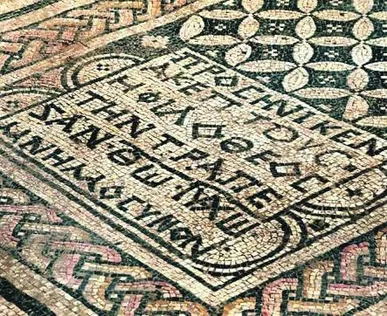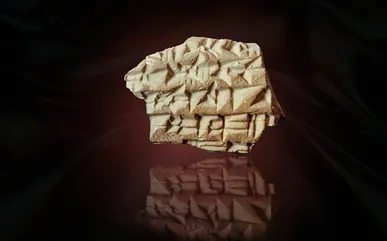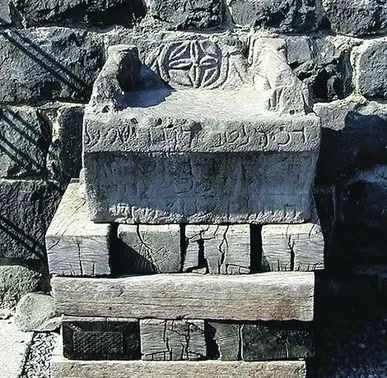
defending our faith
Holy Land historicity

Chris Sinkinson
On tours of the Holy Land over the years, I have found visitors captivated by archaeological ruins but often repelled by churches. Particularly if still in use, they can have all the trappings of religion but lack authenticity. Many evangelical Christians lack enthusiasm for such religious buildings.
This is a shame, as some of the oldest churches in existence have great apologetic value for the historicity and credibility of the Christian faith. Here are my top five, in no particular order, from the Holy Land.

defending our faith
Archaeology is really going down the drain

Chris Sinkinson
Tony Robinson, the Time Team presenter, wrote a book called Archaeology is Rubbish. He wasn’t disowning the discipline that had given him a career after Blackadder. He was making the observation that most of the artefacts pulled out of the earth are the debris and detritus left behind by those who have gone before us.
That’s why drains and dumps are treasure troves for archaeologists. A recently announced broken piece of rubble from just such a drain in Jerusalem may be the find of 2025 for Bible archaeology!

Biblical synagogue breakthrough claim

James Patterson
Archaeologists in northern Israel believe they may have uncovered the remains of a first-century synagogue, a Biblical find labelled as possibly the most significant for decades.
The remains were found in Chorazin (or Korazin, among other possible spellings), an ancient settlement associated with the New Testament.